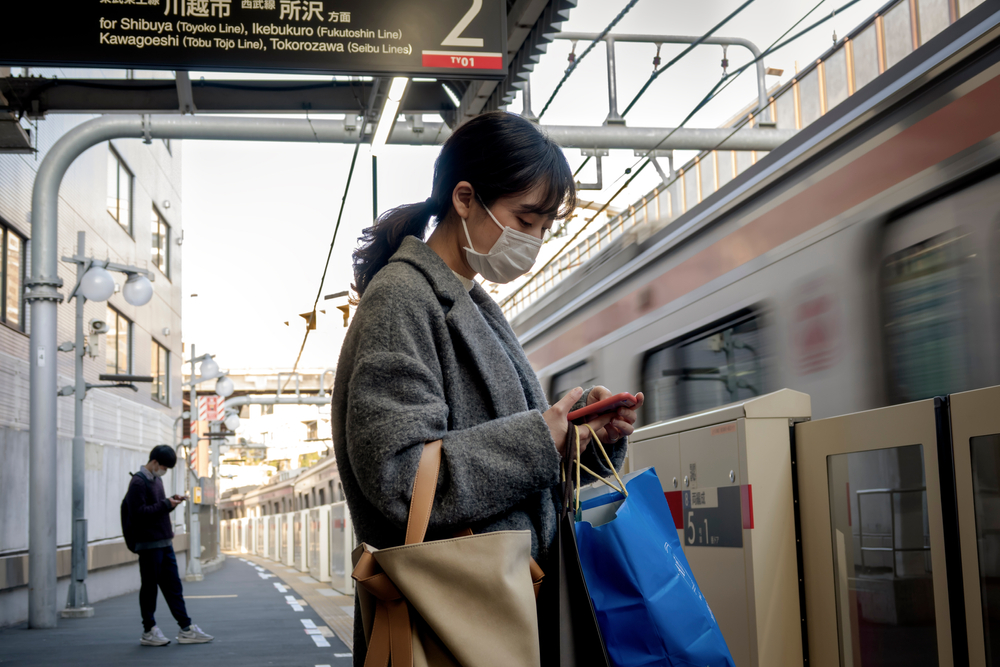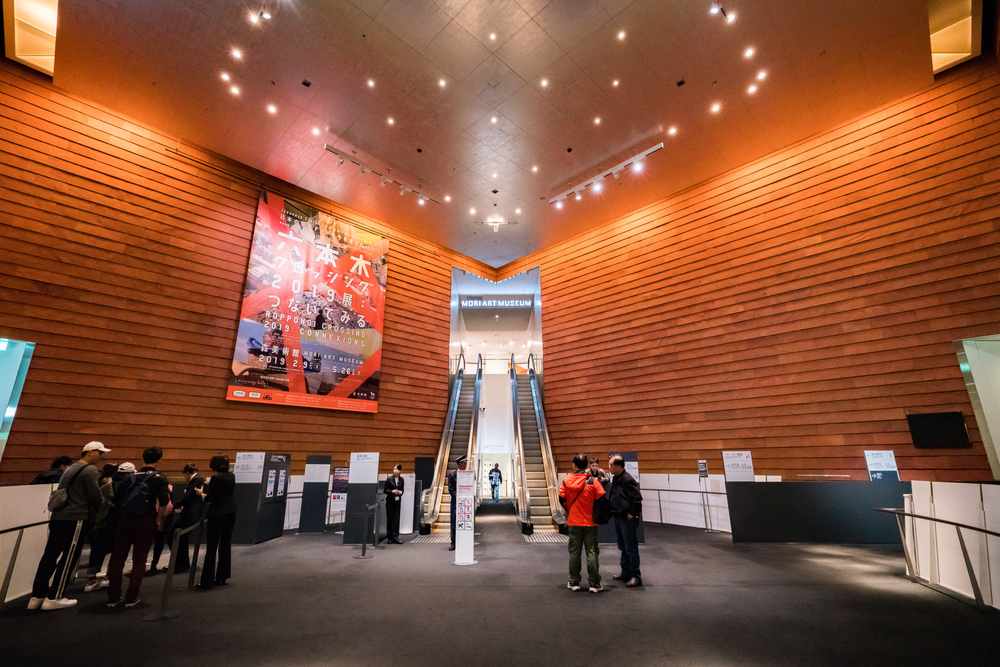The Japanese government recently announced that it is planning to slowly reopen the borders to tourists for the first time since 2020. Now, there are many strings attached to this, mainly that they will limit the number of entries and start off with guided tours. But this could be the beginning of a wider window for tourism later in 2022 and early 2023.
Below are some positive and negative changes that we, as residents, noticed in the last 24 months or so.
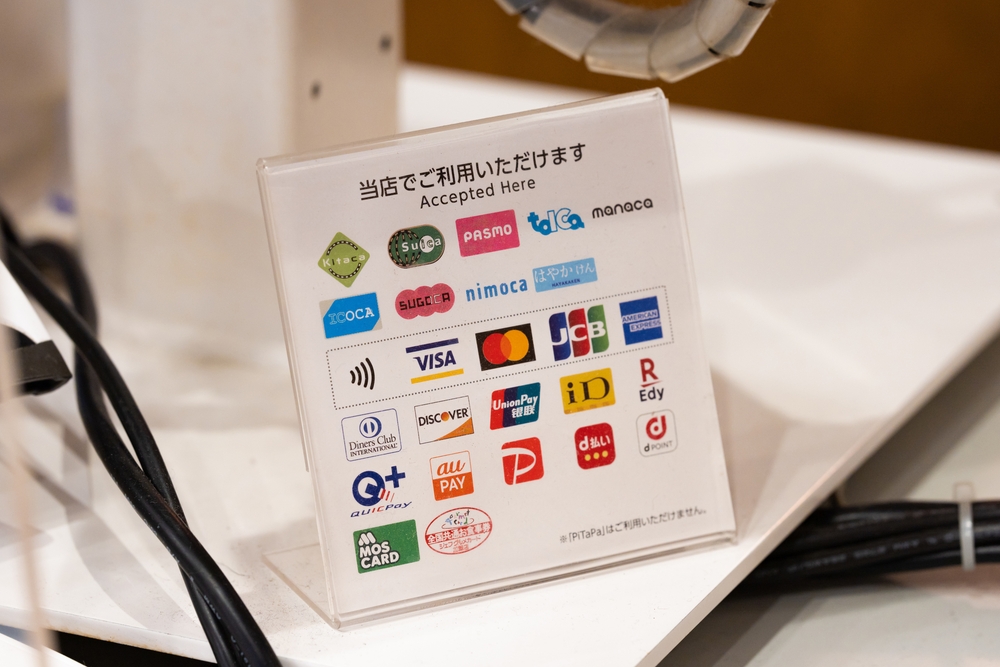
Cash-less Payments
As part of adapting to a world with Covid, most Tokyo stores and restaurants updated their cash registers to welcome cash-less payments. These included debit and credit cards, IC cards (Suica, Pasmo), PayPay, LinePay, as well as others. Most taxis and post offices now accept cards as well.
It’s important to note that this doesn’t necessarily apply to all of Japan. In fact, mom-and-pop shops are still likely to be cash-only. Also, cash-less payments might be more difficult to find in rural areas.
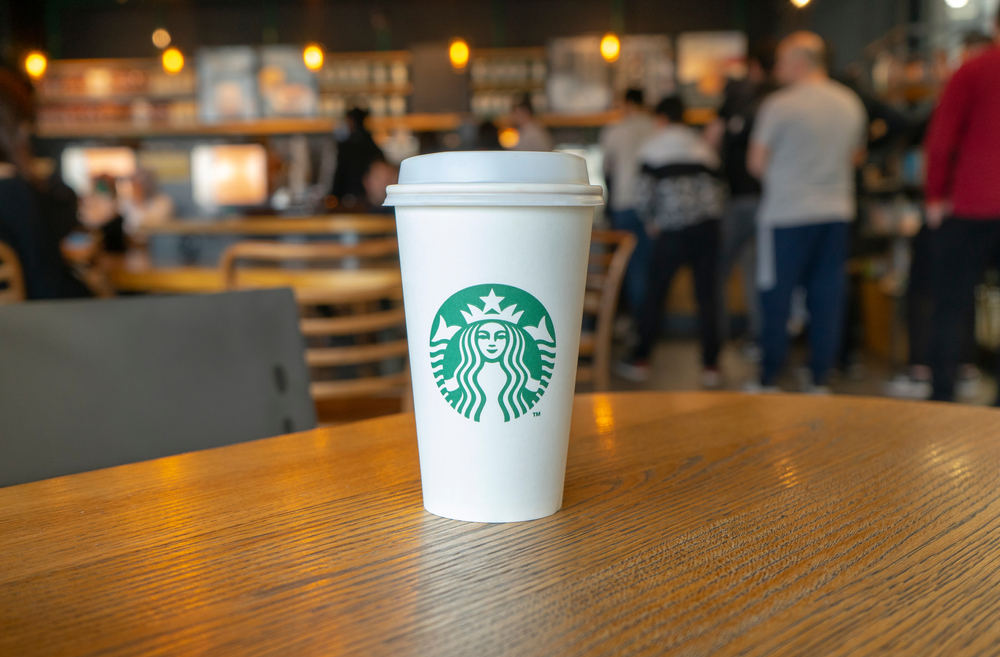
The Return of Paper Cups
Coffee shop chains and independent roasters welcomed the use of personal tumblers to reduce paper and plastic waste before the pandemic. In 2020, however, as part of the prevention methods, many places have reverted to the heavy use of paper cups for eat-in and take-out orders. While some smaller shops might accept to fill your to-go mug, don’t be surprised if they refuse.
Coffee mega-chain Starbucks did make an effort to cut the use of their plastic cups by serving iced coffee (not including their frappuccinos) in their paper cups instead.
The Era of Booking Systems
After Tokyo’s first big lockdown in the spring of 2020, museums across the city introduced booking systems that required visitors to reserve or purchase their tickets in advance. While advance booking is no longer mandatory everywhere, many establishments still encourage visitors to book their tickets versus buying them on the day. Future travelers should take advantage of these systems to prevent waiting in line and to help make the most of your time in the city.
Museums are not the only places that introduced booking systems. Some municipal offices, driver’s license centers and other government buildings have also embraced this method to serve residents.
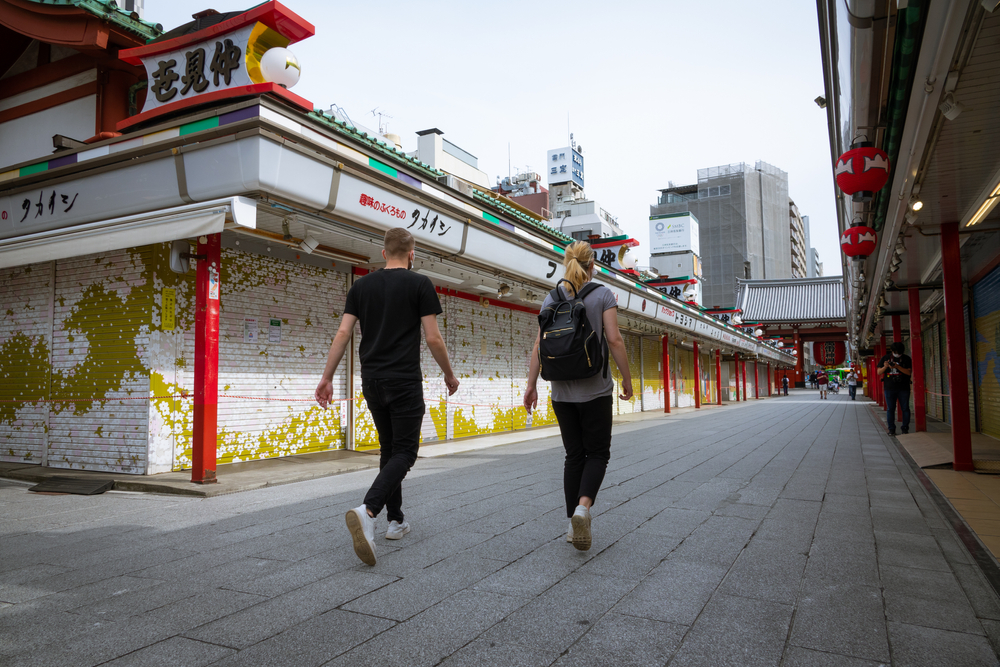
Shops and Restaurants Closing for Good
Amazon, Rakuten Shopping and other big online retailers were already very much buyers’ favorites before the pandemic, but self-isolation measures only made Tokyo residents rely even more on online shopping for even basic necessities. This is not so different from other areas of the world.
Family-run shops, which often depend on regular customers in their neighborhoods to break even, suffered most. Restaurants that couldn’t get on the meal delivery train in the very early months of the pandemic closed their doors for good.
Specifically linked to the closed borders, a lack of tourists caused big establishments to close forever. Here’s a short list of attractions that are no more:
- Kawaii Monster Café Harajuku
- Ebisu Mitsukoshi shopping mall
- Oedo Monogatari Odaiba
There is one positive spin on this, and that is that Tokyo always has new spots to check out, Covid or no Covid.
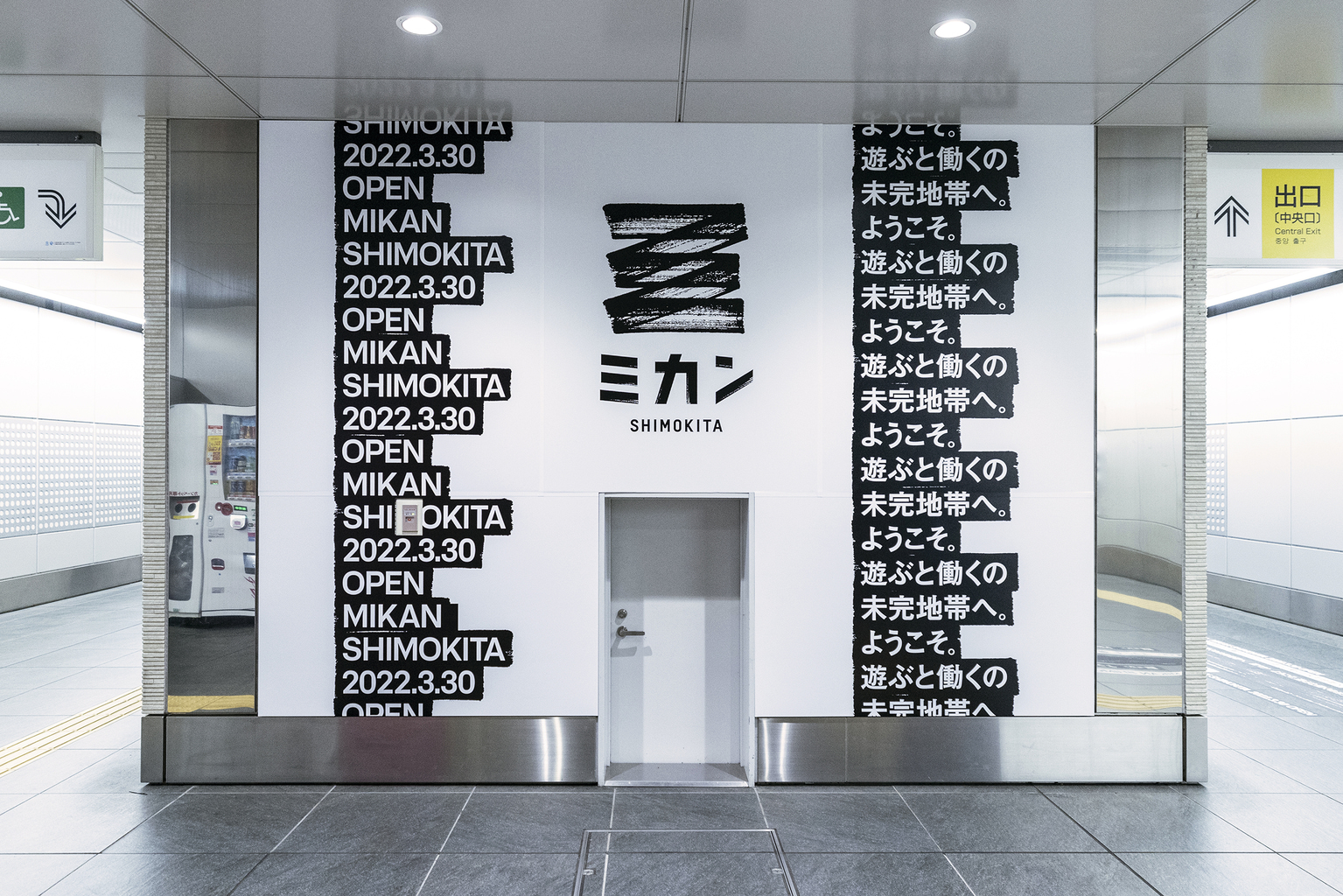
A Wave Revitalization Projects
If you didn’t get the chance to travel to Tokyo before the borders closed, you might be surprised to know that the city saw a series of completed revitalization projects across many wards.
Fashion hub Shibuya saw a series of new shopping complexes and hotels open during the pandemic. Shimokitazawa, just last month, wrapped up a massive project that freshened up the trendy neighborhood.
While there are plenty of new sights to see, 2022 is also a year when many well-known attractions are closing for renovations. These include TeamLab Borderless (TeamLab Planets and other TeamLab pop-ups will continue) and Palette Town in Odaiba. Both will reopen later with a fresh, new look.

